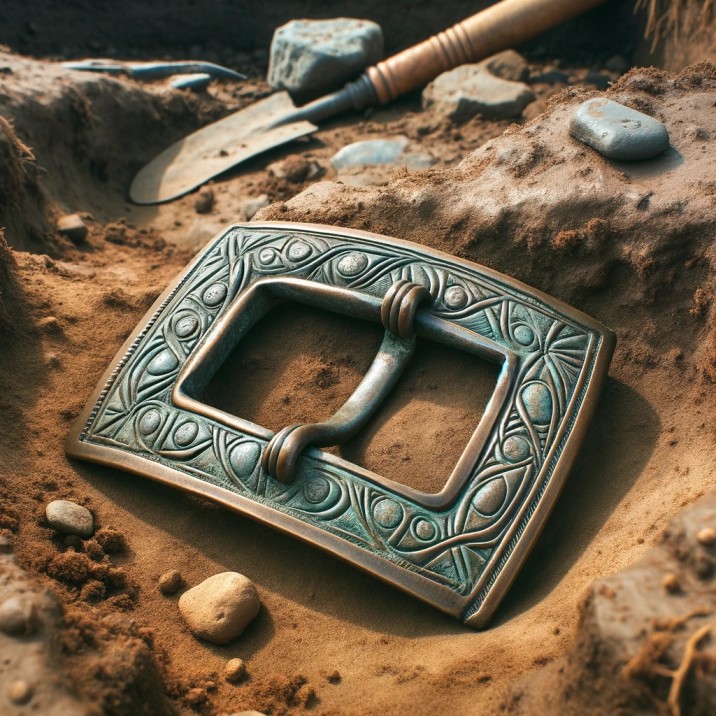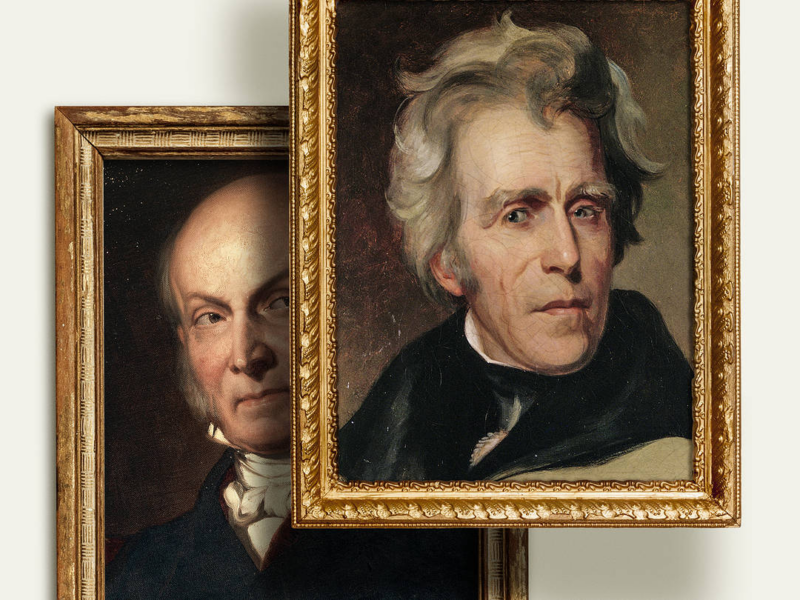Belt buckles have been a part of human clothing for thousands of years, with their origins tracing back to the Iron Age, around 1200 to 600 BC. The ancient Romans and Greeks used belt buckles for securing tunics and as decorative items. Roman soldiers often wore elaborate buckles that were both functional and served as a symbol of status and strength. During the Middle Ages in Europe, the belt buckle became more ornamental and an indicator of a person’s social standing. The designs became increasingly elaborate, often featuring intricate engravings and made from precious metals for the wealthy.

During the 14th and 15th centuries, belt buckles became increasingly popular as a fashion statement among the European nobility and middle classes. This era saw the belt buckle evolve from being merely functional to a symbol of wealth and status. The design of belt buckles became more elaborate and intricate, often serving as a canvas to display the craftsmanship and artistic skills of the period.
The materials used for belt buckles in these centuries varied greatly, with higher-quality metals like gold and silver being preferred by the upper classes. Craftsmen often decorated these buckles with precious stones, intricate engravings, and heraldic symbols. For the lower classes, less expensive materials such as brass, bronze, or iron were common.
The Gothic style, prevalent in the 14th century, influenced belt buckle designs, which often featured pointed arches, intricate filigree, and religious motifs. As Europe transitioned into the Renaissance in the 15th century, the designs became influenced by this new artistic movement, which emphasized a revival of classical antiquity. Belt buckles started to exhibit more symmetry, proportion, and depictions of classical mythology.

In the 19th and 20th centuries, with the advent of mass production and changes in fashion, belt buckles became more standardized and widely available. They also began to reflect cultural and personal tastes, with various designs, logos, and symbols.
Today, belt buckles are used worldwide and range from simple and functional designs to ornate pieces of art. They are made from a variety of materials, including metals, plastics, and even textiles, and continue to serve both practical and aesthetic purposes.
In summary, the belt buckle is a result of centuries of cultural and functional evolution, rather than a singular invention by an individual. It reflects the changing fashion, societal norms, and technological advancements throughout human history.


